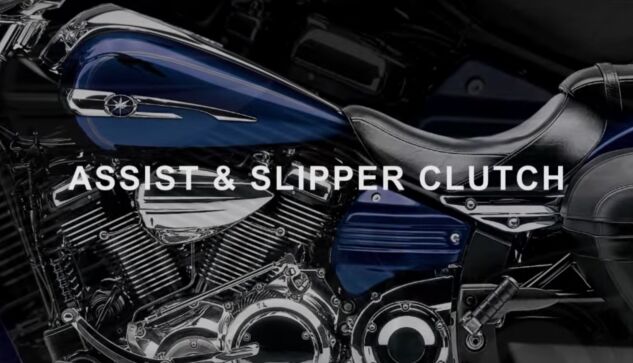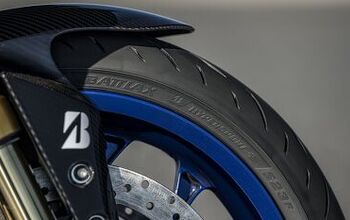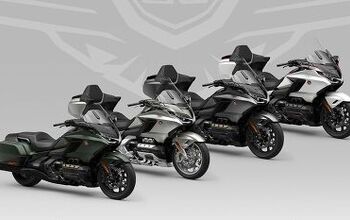What's a Slip-Assist Clutch Anyway?
Ask MO Anything: How does that work? Is it the same as a slipper?
Dear MOby,
Seems like almost every new motorcycle produced lately has a “slip-assist” clutch. Is that the same thing as a slipper clutch, and if not, what’s the difference? What gives?
Duke Snyder
Dial-up Modem
Another good question, and once again it’s Brian Gillen, MV Agusta Research and Development Director, to the rescue: While slipper and slip-assist might seem like the same thing, in reality they are different. The slipper clutch only reduces negative engine torque in trailing throttle situations (high-rpm downshifts), while the slip-assist does two things: It increases the clamping force under acceleration (allowing lighter clutch springs thereby reducing lever pull), and reduces negative engine torque under deceleration just like a typical slipper clutch.
A pioneer of the slip-assist clutch was the Italian clutch manufacturer Adler (Adige), with their APTC system. The first motorcycle to use it in production was Gas Gas, and it is now widely used by others including Ducati and Harley-Davidson.
What? I thought “slip-assist” was just marketing-speak for a slipper clutch, which we addressed a few weeks ago in Ask MO here?
BG: Close, but not quite: If you put lighter springs in a traditional slipper clutch it will slip under acceleration. The slip-assist APTC has a helix on the internal hub that basically screws the clutch together under power (augmenting the spring force) and unscrews under deceleration, effectively opening the clutch and allowing it to slip.
The Star… excuse me, Yamaha video below provides a good visual of how its slip-assist clutch works, sort of, though I’m not seeing anything about the helix on the internal hub Mr. Gillen speaks of? Anyway, Yamaha may have been the first to glom onto the marketing possibilities of the slip-assist clutch for cruiser riders: 20% lighter pull at the clutch lever, less effort!, who doesn’t like that?
Not sure how long Harley has offered this one, the Screamin’ Eagle Twin Cam Performance Assist and Slip clutch kit, but it’s the same deal, designed for `14 and later CVO 110-inch engines. Harley says it provides significantly more torque-handling capacity, is “designed for improved engagement grip, and provides minor slippage during downshifting to reduce shock to the power train,” while reducing hand lever pull effort by over one pound. All with only three clutch springs.
Weird how long it took the ramp, discovered more than 8 million years ago by the ancient Protuberans (I made that up), to find its way into your clutch. Slipper or slip-assist, both provide great benefits for all riders at very little cost (unless your bike doesn’t come with one).
When Will My Motorcycle Battery Die?
What’s Up With The Ducati Sixty2?
Oil’s Well: How Many Miles Before I Have To Change The Oil In My Motorcycle?
Why Do OEMs Use Ball Bearings In Steering Heads?
Send your questions to Askmoanything@motorcycle.com; send your complaints to We’reoutoftheoffice@cycleworld.com. If we choose to answer your question and get it wrong, consider it a valuable life lesson that’s absolutely free of charge.
More by John Burns




























Comments
Join the conversation
Slip assist, hill holder, traction control, ABS, GPS, wheelie control, are all for wimps. Learn to use the clutch, the brakes, and learn to read a map. If you can't, stay home, eat a cookie, watch Sponge Bob.
Does a slipper clutch negate the value of blipping your throttle to match revs when downshifting? I'm not sure I'd like that...blipping is fun and it sounds cool.